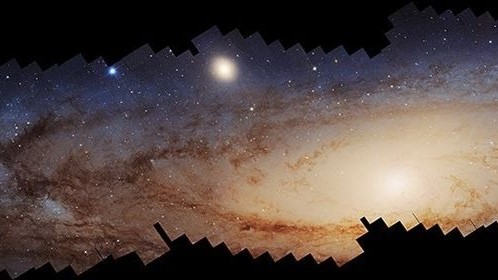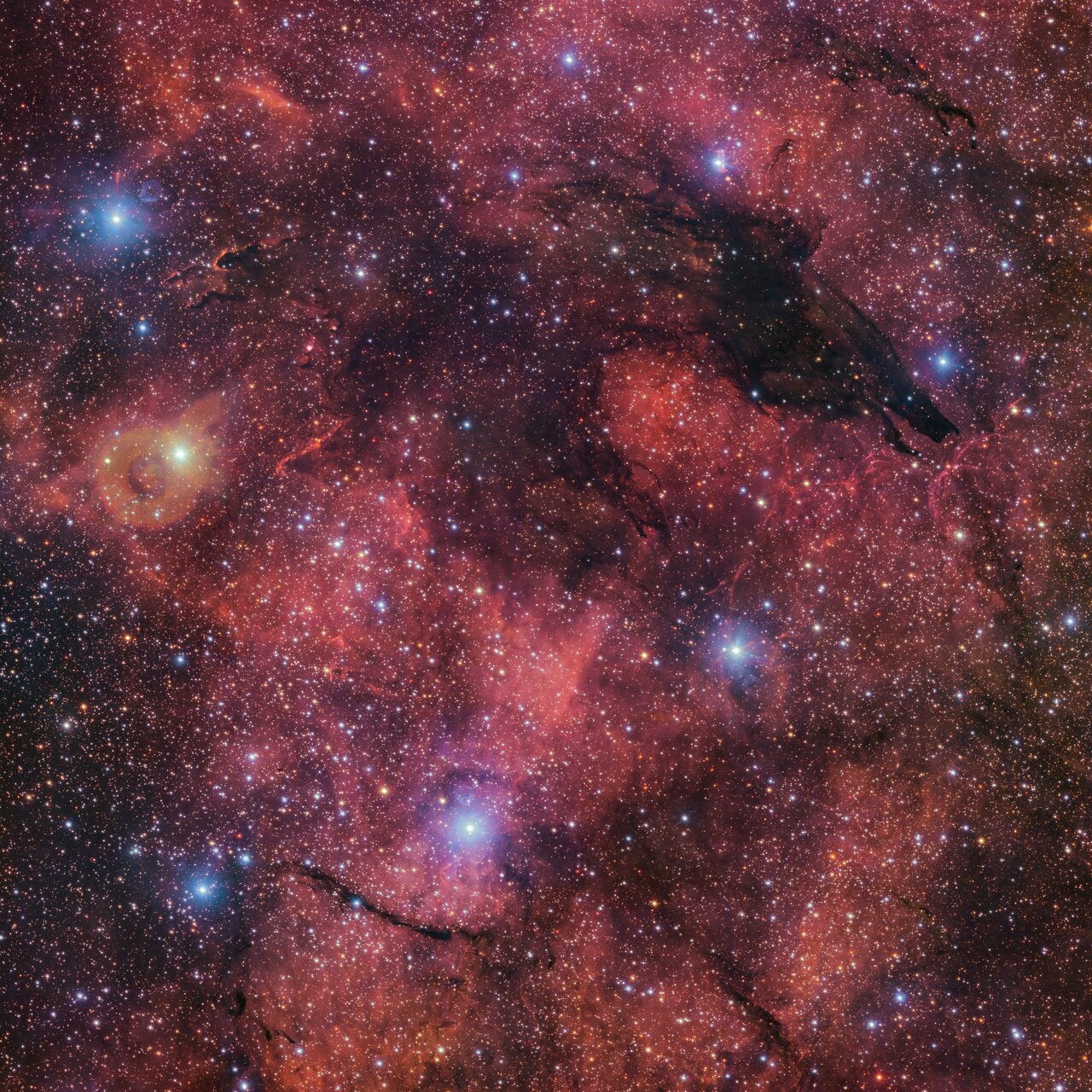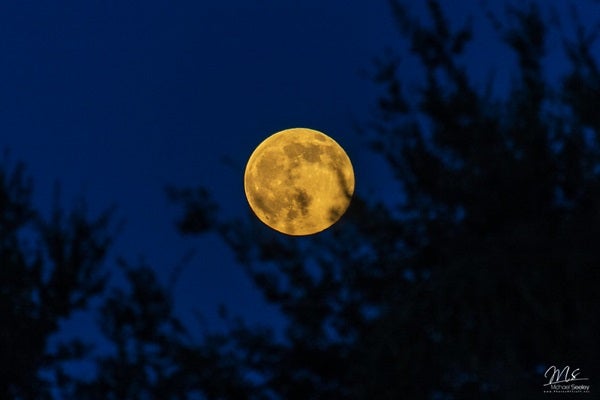
(Image credit: NASA, ESA, Benjamin F. Williams (UWashington), Zhuo Chen (UWashington), L. Clifton Johnson (Northwestern); Image Processing: Joseph DePasquale (STScI))
Astronomers announced last week that they had completed a decade-long, meticulous effort to assemble a full portrait of our neighboring galaxy, Andromeda. The result is a stunning panoramic view that provides the most detailed image yet of the entire galaxy; its science-packed features could revolutionize our understanding of how spiral galaxies across the universe form and evolve.
Around 2015, astronomers took on the painstaking task of stitching together Hubble Space Telescope images of this galaxy, but that effort had focused on the galaxy’s northern half. Still, however, the resulting image showcased a sweeping view of 100 million stars packed into about 1.5 billion pixels.
Speaking during the 245th American Astronomical Society (AAS) press conference in Maryland, Zhuo Chen of the University of Washington told reporters she and her colleagues had just finished a similar effort for the galaxy’s southern half, adding almost 100 million stars to the previous mosaic.

Together, the two halves capture the glow of nearly 200 million stars across the Andromeda galaxy, marking the largest ever portrait assembled from Hubble telescope observations.
You may like
“It’s like photographing a beach and resolving individual grains of sand,” said Chen. “This is the first time that we can see such detailed structures for an external galaxy.”
Watch On
Due to its proximity to the Milky Way, the Andromeda galaxy appears six times the diameter of the full moon in the sky (as seen from Earth) which was a lot of “celestial real estate” for Hubble’s pinpoint view. So, the panoramic mosaic required hundreds of snapshots taken across 1,000 orbits by the telescope, according to a NASA statement.
Beyond the awe-inspiring beauty of the image, this portrait will be an invaluable tool for astronomers to piece together Andromeda’s tumultuous history, chiefly its mergers with smaller satellite galaxies. Hubble observations of the galaxy’s age, mass of stars and heavy-element abundance would help researchers test competing models of galaxy evolution that predict distinct signatures across the two halves of the disk.

“Andromeda’s a train wreck — it looks like it has been through some kind of event that caused it to form a lot of stars and then just shut down,” Daniel Weisz of the University of California, Berkeley, said in the statement. “This was probably due to a collision with another galaxy in the neighborhood.”
— Milky Way’s cosmic neighbors help bring ancient galaxies into focus
— Hubble telescope reels in gorgeous, star-spawning cosmic jellyfish (photo)
— Can you see the cosmic ‘cat’ grinning into one of the world’s largest telescopes in this photo? (video)
Evidence for this can be seen in Messier 32 or M32, a galaxy that resembles a stripped-down core of a once-spiral galaxy, which may have interacted with Andromeda in the past. Computer simulations indicate that when a galaxy collides closely with another, that collision can deplete the galaxy’s available interstellar gas, shutting down star formation.
As a result, Andromeda’s star formation history may have been significantly altered by several such encounters, according to Chen.
“With Hubble we can get into enormous detail about what’s happening on a holistic scale across the entire disk of the galaxy,” Ben Williams of the University of Washington said in the statement. “You can’t do that with any other large galaxy.”
The researchers outlined their effort in a paper published Thursday (Jan. 16) in The Astrophysical Journal.
Join our Space Forums to keep talking space on the latest missions, night sky and more! And if you have a news tip, correction or comment, let us know at: community@space.com.


